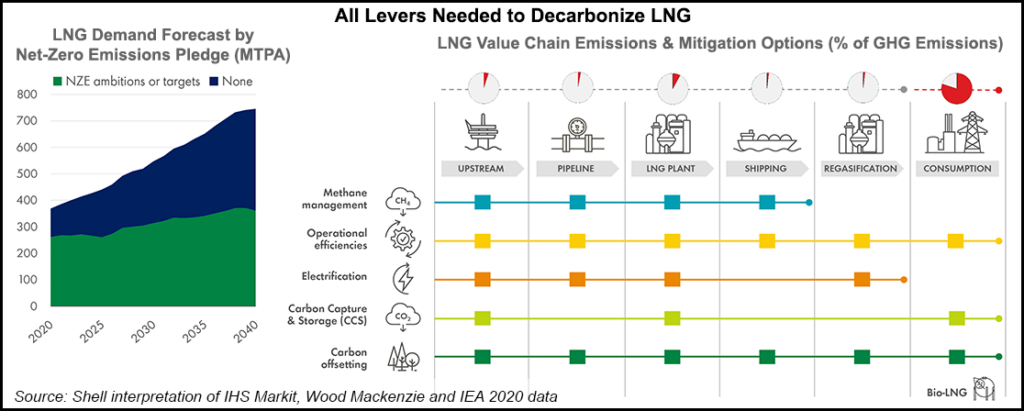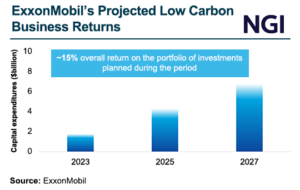LNG | Energy Transition | LNG Insight | NGI All News Access | NGI The Weekly Gas Market Report | Regulatory
U.S. Seen Gaining Momentum in 2022 on Imperative to Better Measure LNG Emissions
© 2024 Natural Gas Intelligence. All rights reserved.
ISSN © 1532-1231 | ISSN © 2577-9877 | ISSN © 1532-1266 |



